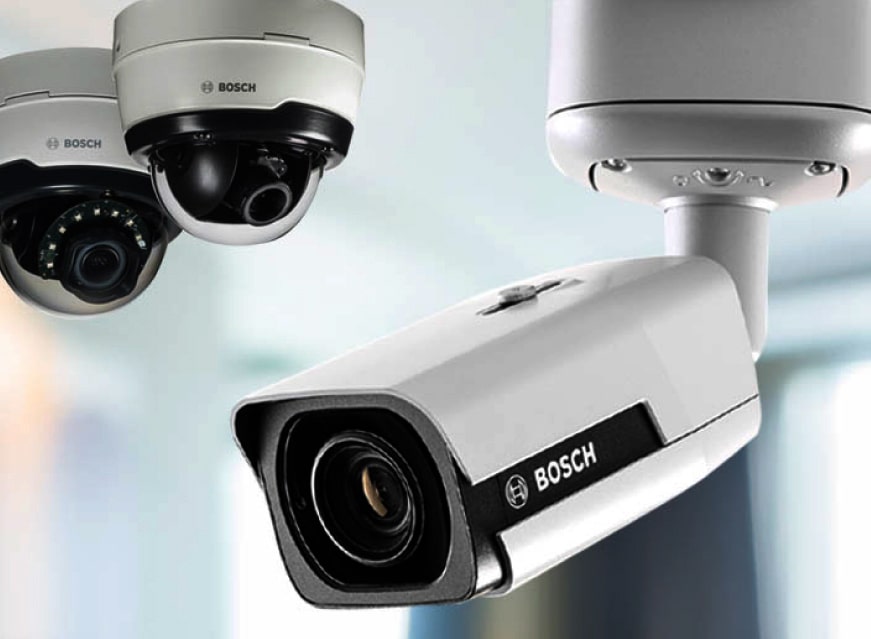Determining the optimal number of CCTV cameras for your property depends on several factors, including the size of the property, its layout, potential security vulnerabilities, and your specific surveillance objectives.
While there's no one-size-fits-all answer, here are some guidelines to help you assess your needs and determine the right number of CCTV cameras:
1. Property Size and Layout:
Consider the size and layout of your property, including indoor and outdoor areas, entrances, exits, and points of access. Larger properties with multiple entry points and blind spots may require more cameras to provide comprehensive coverage. Conversely, smaller properties with limited space may require fewer cameras but still benefit from strategic placement for maximum visibility.
2. Security Vulnerabilities:
Identify potential security vulnerabilities and high-risk areas on your property, such as parking lots, alleyways, secluded corners, and areas with valuable assets. These areas are prime candidates for surveillance and may require dedicated cameras to monitor activity effectively. Assessing security vulnerabilities helps prioritize camera placement and ensures critical areas receive adequate coverage.
3. Points of Entry and Egress:
Focus on points of entry and egress, such as doors, windows, gates, and driveways, where unauthorized access or intrusions are most likely to occur. Placing cameras at these strategic locations provides early detection of suspicious activity and enhances perimeter security. Consider both exterior and interior entry points to prevent unauthorized access and monitor movements within the property.
4. Coverage Overlap and Blind Spots:
Avoid coverage gaps and blind spots by strategically positioning cameras to provide overlapping coverage and comprehensive surveillance. Conduct a thorough site survey to identify potential blind spots and areas where visibility may be obstructed by obstacles or terrain features. Supplement primary camera coverage with additional cameras or adjustments in positioning to eliminate blind spots and ensure continuous monitoring.
5. Surveillance Objectives and Requirements:
Define your surveillance objectives and specific requirements, such as video quality, recording duration, motion detection, and remote access. Tailor your CCTV system configuration to align with these objectives and ensure optimal performance and functionality. Determine whether you need a combination of fixed cameras, PTZ (Pan-Tilt-Zoom) cameras, or specialized cameras to meet your surveillance needs effectively.
Conclusion:
While there's no definitive answer to how many CCTV cameras you need for your property, a thoughtful assessment of factors such as property size, layout, security vulnerabilities, entry points, coverage overlap, and surveillance objectives can help guide your decision. By strategically placing cameras and prioritizing critical areas, you can create a comprehensive surveillance system that enhances security, deters criminal activity, and provides peace of mind for you and your occupants. Consider consulting with security professionals or CCTV system experts to design a customized solution tailored to your property's unique requirements .






Comments